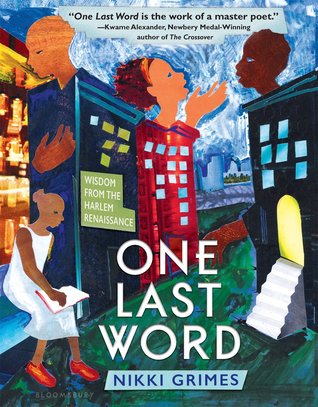This is one of a series of blog posts that continue the conversation around Still Learning to Read--teaching reading to students in grades 3-6. This series will run on the blog on Tuesdays starting in August 2016 and continue through the school year.
We do a lot of writing during our read alouds. Kids have the option of how they want to track their thinking during reading. The students are VERY comfortable using a variety of tools to annotate their reading--to jot thinking down as they read. And they've grown in the ways they think about a text as they read. This writing has had a big impact on their comprehension. At this point in the year, I want to see what kids can do in terms of responding to text after reading/thinking. So for this read aloud (Tiger Boy by Mitali Perkins), we are trying something new. Kids are still using their notebook to stop and jot to track their thinking while we read. But each day, we are going to end read aloud with time to think about their reading AFTER our read aloud time is over. I want them to have a way to summarize thinking in a more formal way, but nothing that is cumbersome. Read aloud is a happy time in our room and writing during read aloud is very low-stress and kids love to track thinking.
I wanted this to be simple for the kids and for me. I didn't want it to be intimidating and I wanted it to be easily accessible--to kids and to me. I want to be able to look at these quickly to get a sense of where individual students and the class as a whole is.
So, we are using the large index cards (4X6). Kids are folding them in 1/2 and using 1/2 of a card each day that we read. The cards are going to be put together on a ring and hung on a hook. (We have 4 different color hooks so kids know where theirs belong. With 6 on a hook, it shouldn't take time to grab these/distribute at the end of read aloud.
 |
| A student uses her notes during reading to quickly respond at the end of the day's reading. |
 |
| The cards hanging ready for the next day. |
I don't want this to be a big thing but I do want to have kids write at the end of read aloud every day for a few reasons:
- It will give me a daily view into their thinking. I take a look at their writing often but it is often hard to see it all. These cards will be easy to look at quickly each day.
- It will help me assess their responses to reading to better see what they are doing as writers about reading.
- It will give us lots of ways to think about what makes a strong reading response. Even though these are short, I'll be able to use some as mentors for thinking that is written in a way that is thoughtful and well beyond a summary of what was read.
- We will be able to talk off of a few when we start read aloud each day.
- Kids will be able to reflect on their own responses and possibly set future goals because they will all be together and easy to analyze.
I'm not quite sure where this will go but I think it is worth doing for one read aloud--for my own information and for kids to have a record of their end-of-reading thinking across a read aloud. We'll see what happens!
(Our new edition of Still Learning to Read was released in August! You can order it online at Stenhouse! You can follow the conversation using the hashtag #SLTRead.)
















